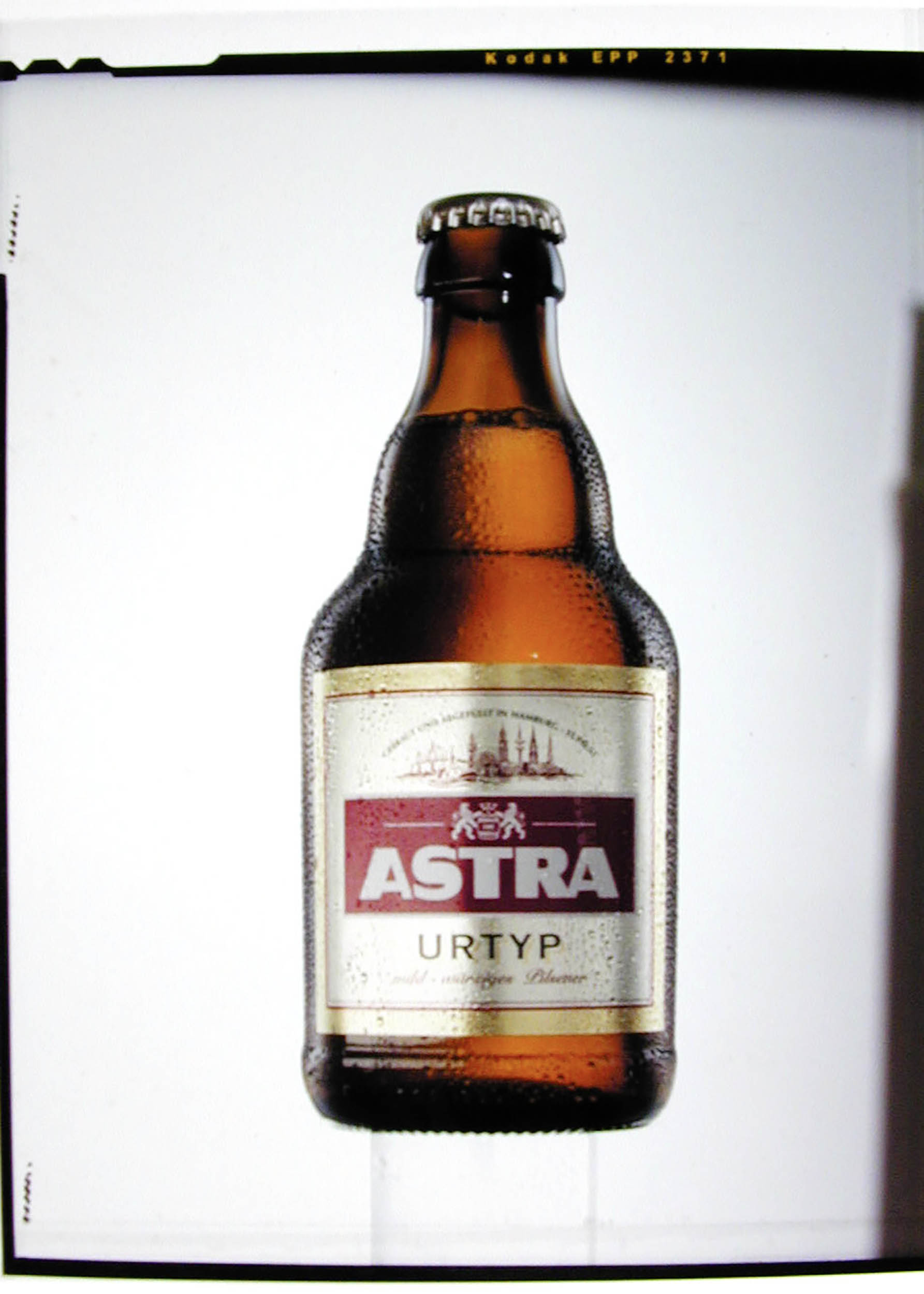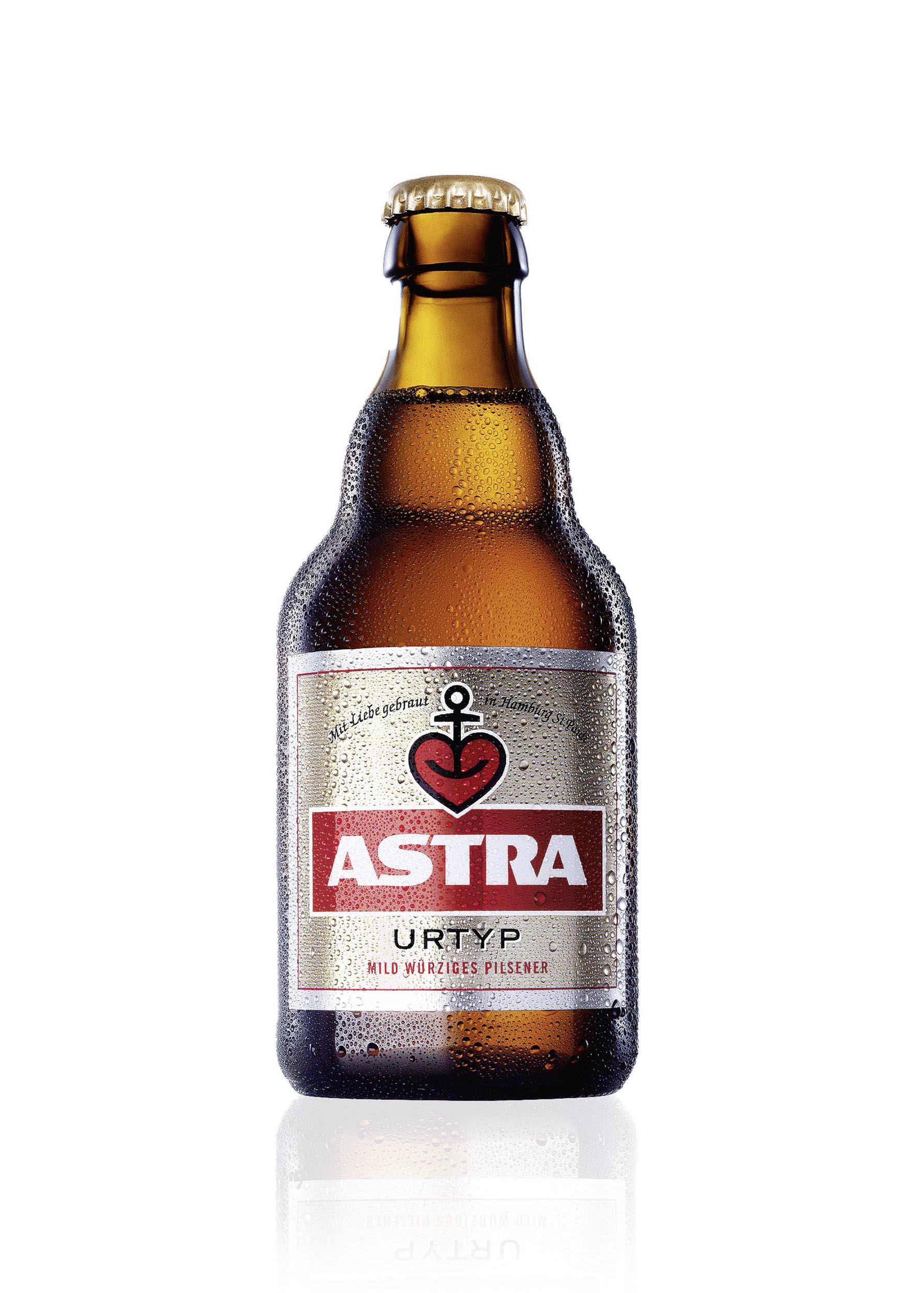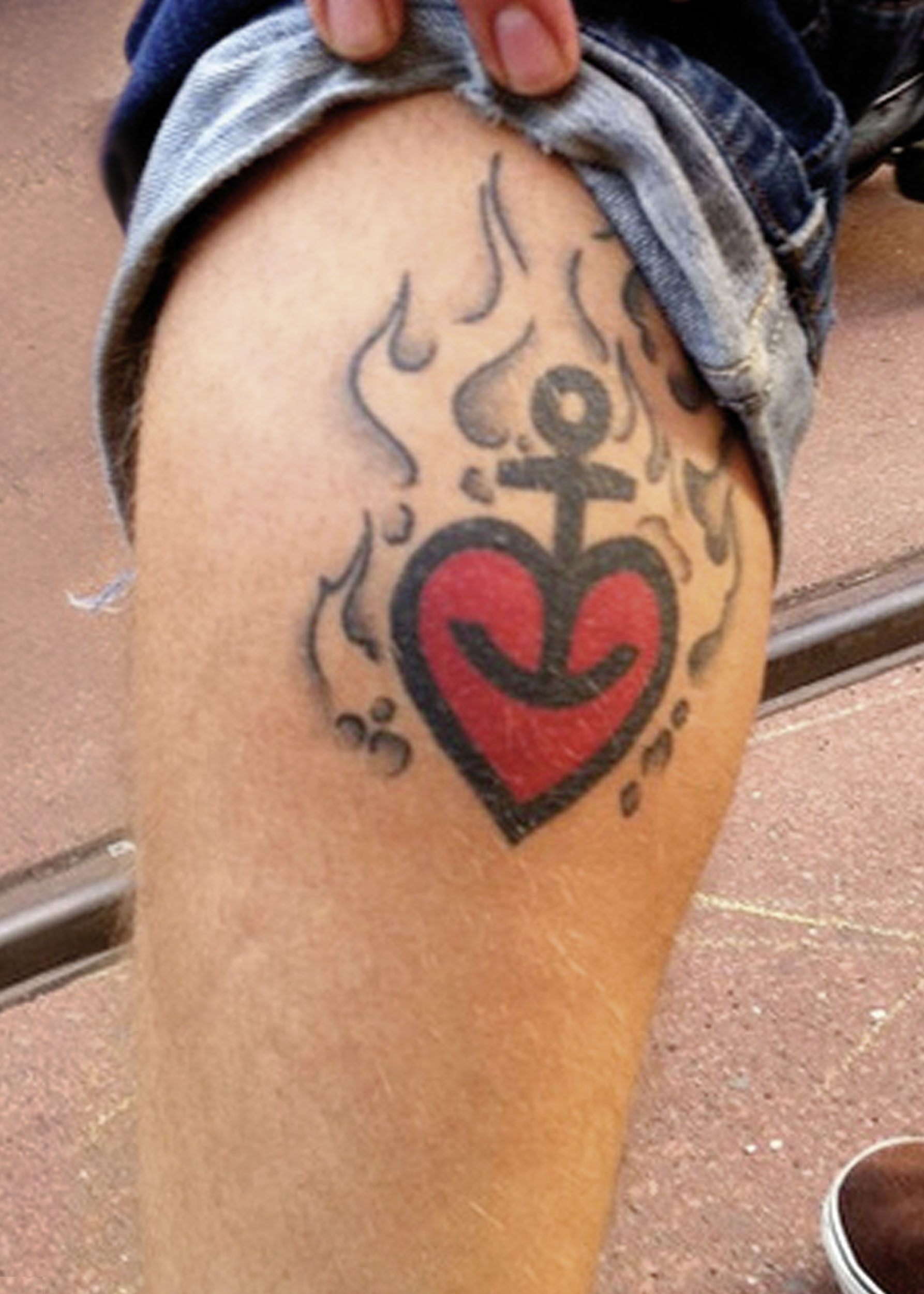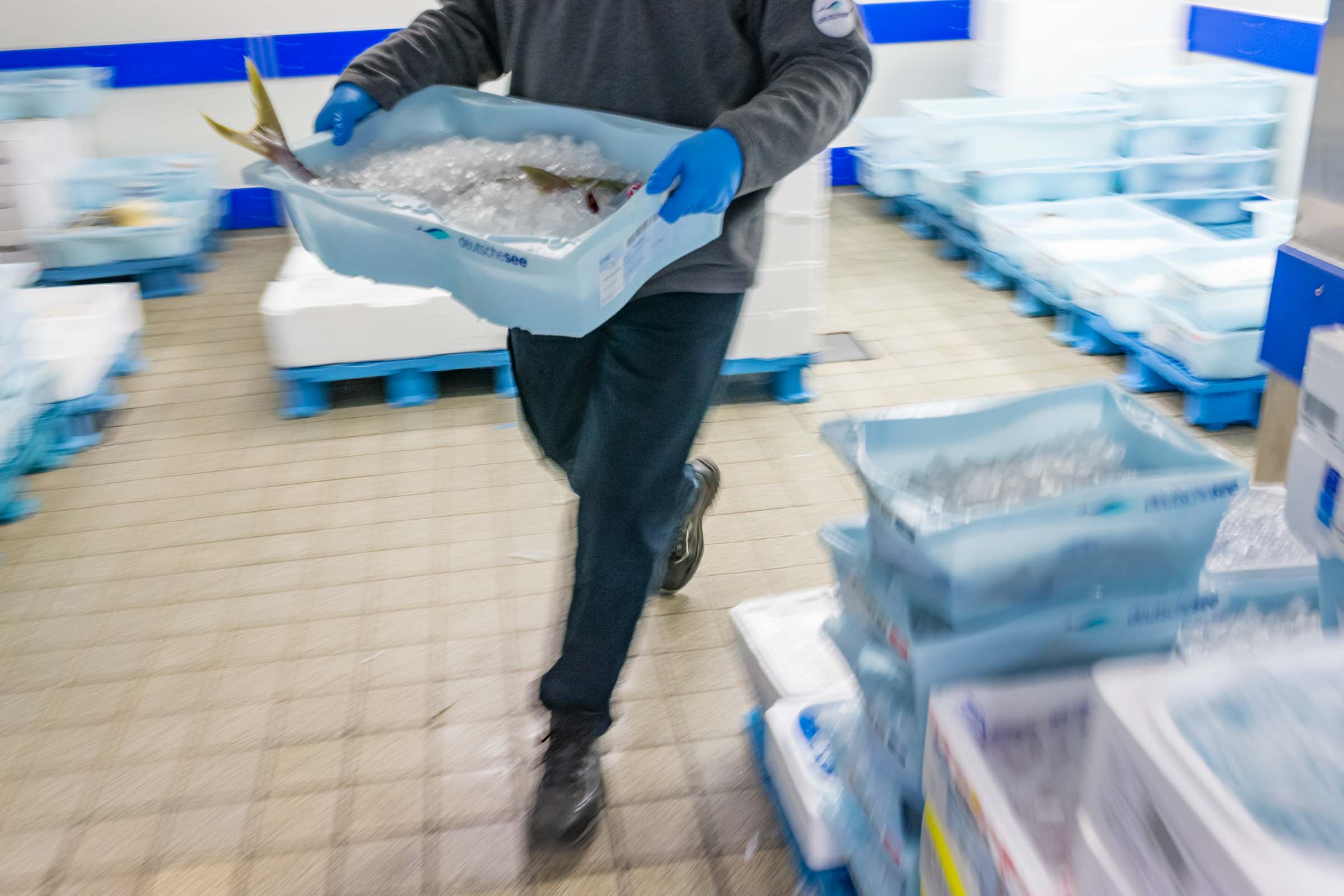Sustainability
The proof of the retrospect
Sustainability is environmental protection x time. A sustainable idea, strategy or product can therefore only be evaluated after years of implementation and use. It is not what has been done that is decisive, but what has been achieved. We look at our projects through the lens of the question; what have we achieved?
The company’s thirty-year history includes many projects whose sustainability has been proven in life – from brands and products to architecture. We use different methods depending on the project and the challenge.
Reflecting on the origins of a beer brand can make it so relatable that it gives rise to a culture that gets under your skin – in the most literal sense of the word. Taking nature as a role model can enable a fish crate to transport fish more gently and reduce the emissions of the entire logistics chain. Consisting of just a single material, T-shirt packaging can simplify the packing process, structure the transport and improve the clarity for customers at the POS.
“For us as designers, sustainability is not a new strategy. Sustainability is the reason and motivation behind our work. What could be better than ideas, drafts and results that have a long life and a long effect, that are still around decades later, that are used, loved and cared for. We therefore always check how our projects are doing and what they are up to. We want to know whether our signs and products, our spaces and architecture can withstand everyday life and keep their promise to improve and enrich the lives of their users. And we learn from their experiences. Good design is what lives long and has a positive effect.”
Arne Schultchen
Astra: From brand relaunch to cultural asset
The year is 1999 and Astra beer has had a turbulent few years. Sales figures have fallen and the future of the beer is uncertain. On the brink of extinction, the city of Hamburg rescued the beer before the Holstenbrauerei took over.
At this point, our vision for the brand seems utopian: imagine if Astra was so iconic, so closely connected to its origins and so integrated into its culture of origin that people got tattoos of the logo.
Today, in retrospect, it is clear to see that the relaunch of the brand with the heart anchor symbol we developed, together with the ingenious advertising campaign by Philipp & Keuntje, had a lasting positive effect. Astra achieved a turnaround and became the trendiest beer in northern Germany.



Our aim was to transform the beer brand so that the new look felt natural, as if it had always been there. We were convinced of the impact of a no-frills logo as an embodiment of the brand’s origins and potential. The Astra Herzanker has now become a cultural asset and the secret symbol of Hamburg.
– 1999
- Little known beyond the city limits
- on the edge of existence
- nationally declining beer consumption and falling sales figures
– 2023
- Cult beer with community
- Heart anchor as a well-known tattoo, beyond the city limits
- Astra also sold in southern Germany
- Bar in Paris called KIEZ that serves the beer
- Beer in Germany with the second-highest number of Facebook followers (2017)
- Beer in Germany with the second-highest number of followers on Instagram (2022)
Deutsche See fish crate: Industrial design as environmental protection
The fish crate is probably the most sustainable product that dfhn has ever created. It has enabled more environmental protection than almost any other dfhn project. In order to understand the logistics, we visited and experienced the entire logistics chain, from the fish farms in Norway to the end customer’s retailer. This closeness enabled us to design a product that embodies the optimum properties for the precious goods and logistics, derives aesthetics from functionality and achieves sustainability through durability. In addition, the pure HDPE plastic is very easy to recycle and can be reused after its long service life.

Before the current fish crate was introduced into logistics, the standard crate material was polystyrene. These crates hardly lasted longer than one tour and were then disposed of. (Source: Deutsche See) Even the transport crates, which could be used several times at that time, usually lasted no longer than two to three rounds (through the logistics chain; from the producer to the retailer to the end customer and back). Consequently, the demands on the new fish crate were high. It had to represent a significant improvement for Deutsche See, be more stable and be able to withstand at least four rounds (which corresponds to around 1.5 years).
What has our fish crate achieved since 2007?
Figures from Deutsche See:
“[…] saves 640 tons of polystyrene waste every year and is already being used by our suppliers.” (That’s over 10,000 tons of polystyrene not produced and disposed of in 16 years, as of 2023)
“For the return journey, the crates can be stacked inside each other in such a way that transporters can transport four times as many empty crates.”
“Our fresh fish returnable crate is on its way to and from our customers 3.2 million times a year and has a service life of at least ten years.”
“50% of the boxes from 2007 are still in use in 2020.” (That’s ten times the life expectancy originally briefed)
The fish crate has become a new standard.
“Our multi-award-winning reusable crate has become an integral part of our sustainable logistics.”
TeeJays: Far ahead of its time
In 1995, USIA was looking for a better packaging for their textile products, especially T-shirts. Based on our holistic approach, we developed packaging that simplifies the packaging process itself and improves the visibility of the product at the POS. The result was a sustainable mono-material packaging that was both process (folding), logistics (transport packaging) and presentation (at the point of sale) in one.
This principle was patented internationally.

Almost 30 years later, in 2023, the European Parliament is negotiating the PPWR (Packaging and Packaging Waste Regulation), which is intended to heavily regulate packaging in the EU. In addition to reusability, recyclability and material reduction, the general reduction of (packaging) material plays a central role.
TeeJays is a good example of the possibilities that lie in reduced, sustainable packaging – although this development did not originate from the idea of sustainability – such as the improvement of the packaging process, use, shelf impact and brand image.
